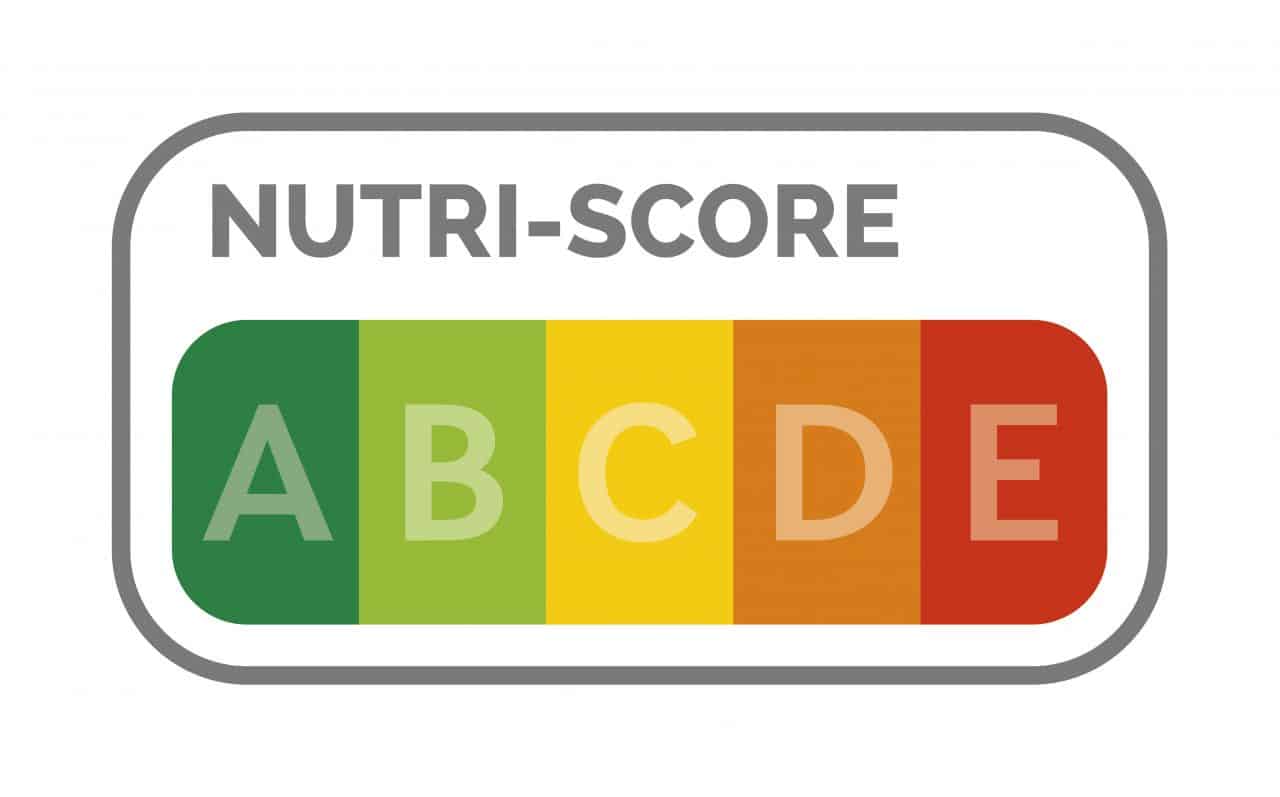
The label of Nutri-Score resembles to some extent the design of the EU-wide energy efficiency class label. Maybe that’s why it’ s working so well. Because in a French study – ( France introduced the label in October 2017 )- Nutri-Score isn’t just well received by consumers, but should also reduce the risk of diet-related deaths.
Nutri-Score also classifies food according to its nutritional value – in a way that is comparable to the British traffic light system. This means that both good and bad nutritional ingredients receive a certain number of points, which are then offset against each other. Using a scale from A to E, the consumer can see how healthy or unhealthy a product is. A nutritious product receives category A and a green color code. A poor product, on the other hand, is marked with the letter E and color red.
Germany and the Netherlands do not have a label yet
There is currently no consumer-friendly food label in either the Netherlands or Germany. However, a recent study published by Forsa which was carried out by consumer and medical associations, shows that the Nutri-Score label has been well received by German consumers. The research institute compared the five-stage Nutri-Score label with the so-called Waben-Sterne (honeycomb label from the German Max Rubner Institute (MRI), which was developed on behalf of the Federal Ministry of Food and Agriculture (BMEL).

The conclusions from the Forsa study in Germany: A total of 69 percent of respondents preferred Nutri-Score, while only 25 percent were in favor of the Waben-Sterne label. Most respondents found the latter to be rather too complicated and confusing. Incidentally, the BMEL will also publish a study on food label comparisons in September, including the BLL and Keyhole models.
Although there are also some criticisms of the French label, (such as the lack of consideration of an overall assessment of the product as provided by the MRI), if we consider the results of the French scientists, it becomes clear that there is an acute need for action for the introduction of a clear label in Germany and the Netherlands as opposed more lengthy research.
3 Studies: Shopping behaviour, nutrition & health
The current Nutri-Score study was carried out by universities in Paris, Grenoble and Borbigny. The researchers used data from a previous study. One experiment measured an improvement in shopping behaviour when all products were labelled with the Nutri-Score – or with one of four other nutrition labels used in this study
The researchers then incorporated the data on the diet behaviors of the French population in general. Based on this, they calculated how the labels would change calorie intake and nutritional content. This was based on the assumption that the food purchased would be eaten accordingly. Nutri-Score would reduce the total calorie intake per person by an average of 9 percent in this scenario. People would therefore eat on average of around 180 kilocalories less per day. Also the nutritional content would be healthier, as more fruit (plus 12.4%), vegetables (plus 5.4%) and fibre (plus 7.2%) and less saturated fat (minus 29.9%) and salt (minus 4.1%) would be consumed.
In the last stage, the researchers calculated how this improved diet would affect health. As well as that, they fed data on the statistical relationships between the type of diet and the frequency of secondary diseases and deaths into a computational model. This enabled them to estimate how many deaths might be prevented as a result of the respective labelling on improved nutrition.
Nutri-Score has now been introduced in Belgium, Spain and Switzerland
The result: out of all five labels, Nutri-Score would prevent most diet-related diseases. 7680 fewer people would die within one year, a decrease of 3.4%. For the other labels it would be less. The French label has now been introduced in Belgium, Spain and Switzerland. This is exactly what Barbara Bitzer, spokesperson for Deutsche Allianz Non-communicable Diseases THANK, would like to see in Germany:
“These new research findings make it clear that food labelling is ultimately a matter of life and death,” and she continues: ” Again, Nutri-Score is superior to other systems. There is therefore no alternative but to introduce it into Germany”.
Even if the results from France are not necessarily transferable from one country to another, they nevertheless show that Nutri-Score is the best option for a healthier lifestyle … According to Bitzer, there is no longer any real argument left against the French food traffic light. This is why, together with her colleagues from other consumer and medical associations, she is calling for the German Minister of Nutrition to take note of the French study and introduce Nutri-Score into Germany. The voices advocating the introduction of the label are also becoming louder and louder in the Netherlands, as can be seen in the Dutch Foodmagazine.

